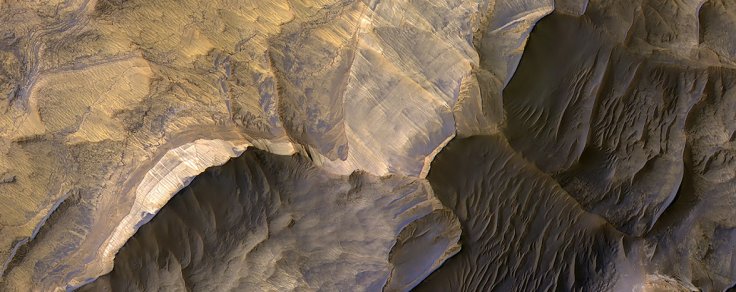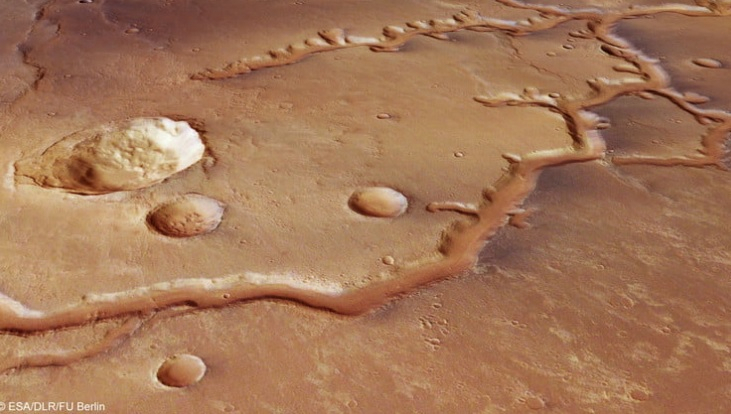A scientist claimed that it is possible for liquid water to exist on Mars' surface. According to his new study, these small deposits of liquid water could exist in hidden areas on the Red Planet.
For scientists, the presence of water in its liquid form has always been a mystery when it comes to Mars. Although ice water is pretty common on the Red Planet, its environmental conditions can prevent liquid water from existing.
Sublimation Of Water Ice On Mars

As explained in previous scientific reports, Mars' atmosphere is only one percent as dense as Earth's at sea level. This means that when the alien planet's temperature rises, its ice sublimates, or immediately turns into vapour instead of becoming liquid water, Space.com reported.
But, according to a new study conducted by Norbert Schorghofer of the Planetary Science Institute in Tucson, Arizona, there could be microenvironments on Mars that can hold pockets of liquid water. He presented his findings through a new paper published in The Astrophysical Journal.

Finding Liquid Pools On Mars
Using computer simulations, Schorghofer learned that there could be water ice and carbon dioxide ice forming in shadowed regions around boulders located in the mid-latitude areas of Mars. According to the scientist, due to the location and environmental characteristics of these areas, the temperature transition in these regions happens rapidly.
The scientist explained that during the spring season, the sunlight heats up these microenvironments from minus 198 degrees Fahrenheit to 14 degrees Fahrenheit in just a couple of hours. Although the extreme temperature shift causes water ice to sublimate, it happens so fast that it can leave behind traces of liquid water that fall into the salty Martian soil. Schorghofer believes this process can form small pools of liquid brines on Mars.
Maintaining Water's Liquid Form
Once the water drips into the Martian regolith, it can maintain its liquid form because the salt in the soil can lower the melting point of water. "Dust contained in the CO2 frost facilitates the formation of a protective sublimation lag," Schorghofer wrote in his paper. "Overall, the melting of pure water ice is not expected under present-day Mars conditions. However, at temperatures that are readily reached, seasonal water frost can melt on a salt-rich substrate."









